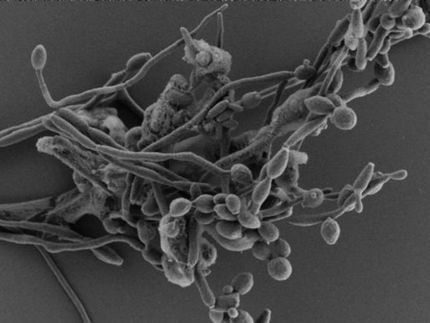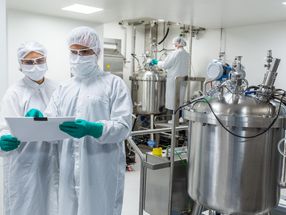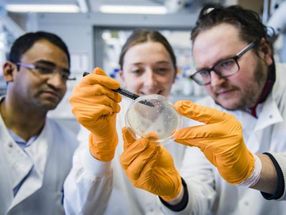Campylobacter: The most frequent pathogen of bacterial diarrhoeal infections
New BfR leaflet on protection against infections
Advertisement
A new consumer leaflet published by the Federal Institute for Risk Assessment (BfR) provides information on protection against foodborne Campylobacter infections. Cases of infection involving these bacteria are notified especially frequently in Europe. In Germany more than 60,000 cases are registered every year. Children under the age of five and young adults are the groups with particularly frequent infection rates. The consequences are diarrhoeal infections and, in individual cases, severe nervous disorders or inflammation of the joints. "Because Campylobacter is mainly found in raw poultry meat, everyone who cooks must pay special attention to kitchen hygiene when preparing it," says Professor Dr. Dr. Andreas Hensel, President of BfR. In this way it is easy to avoid infections with Campylobacter, campylobacterioses.
Campylobacter is found in domestic animals, livestock and the environment around the world. It frequently reaches food during milking or slaughter. Campylobacter is to be found particularly often in raw poultry meat. The pathogen is found far less frequently in raw milk, beef and pork. Poor kitchen hygiene may allow the germ to spread to other foods. To prevent this happening, care should be taken in the kitchen to prevent cross-contamination.
Campylobacter can survive in a food for a certain period of time but cannot multiply. Like most foodborne pathogens, Campylobacter can be killed through heating as well as by boiling, roasting or pasteurising. Furthermore, Campylobacter is sensitive to oxygen, drying, salt and acid. By contrast, the deep-freezing of food cannot completely kill the Campylobacter, merely reduce the number of germs.
Small amounts of Campylobacter can cause intestinal infections in humans who normally develop symptoms like stomach ache and diarrhoea. Rare complications like nervous disorders (Guillain-Barré Syndrome) and inflammations of the joints may also occur.



















































